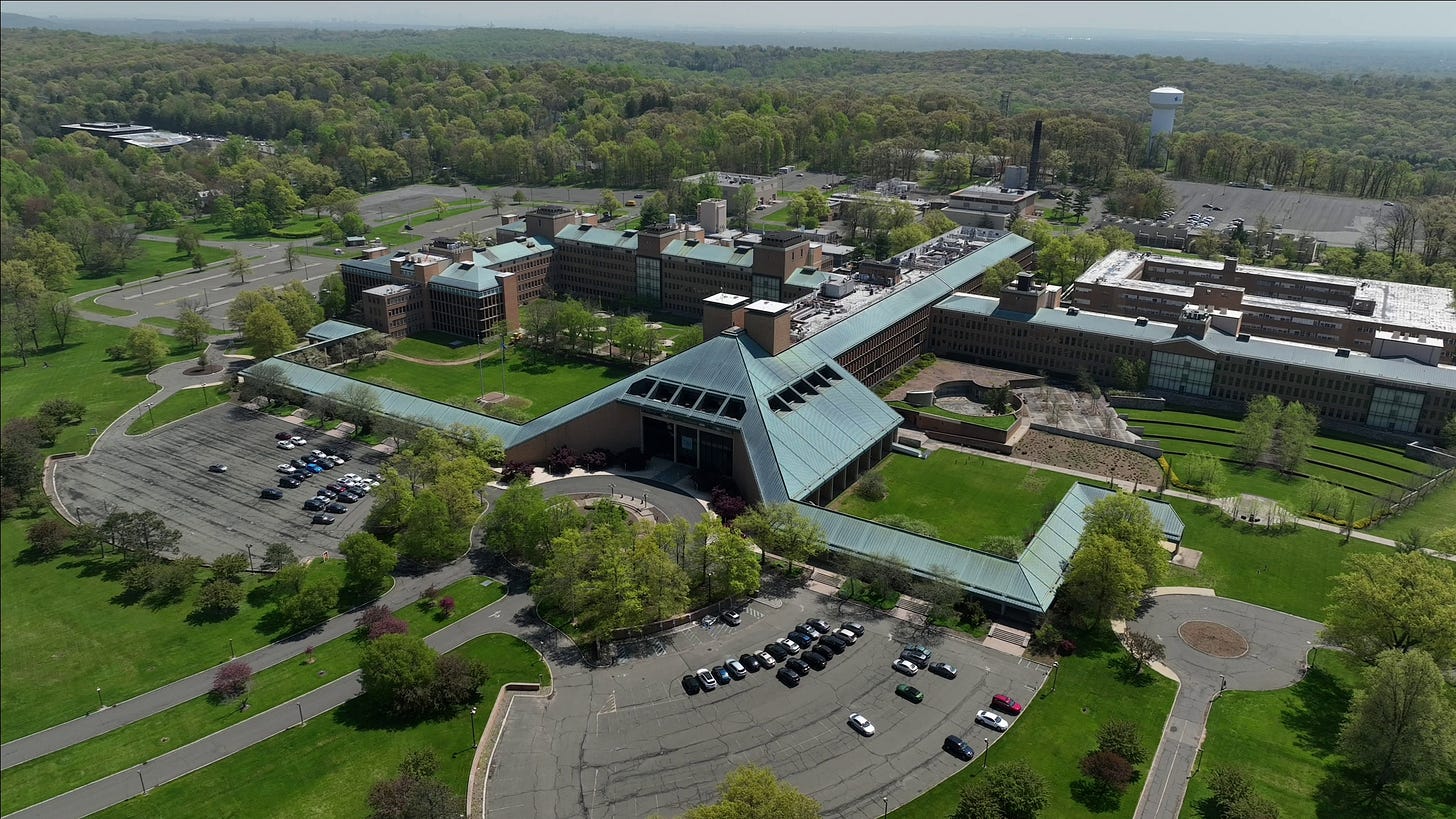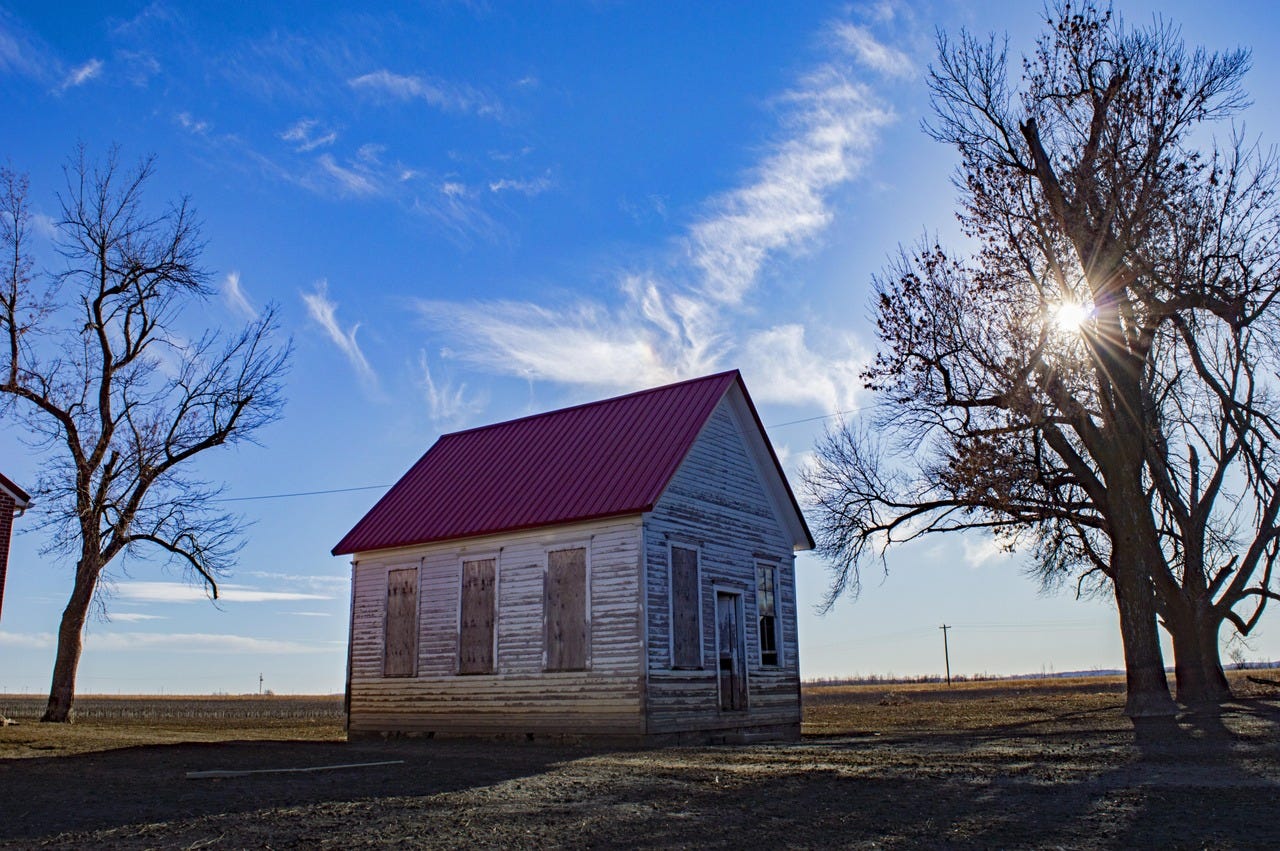Last week, the president signed an executive order to close the Department of Education.
I’m sure we all have our opinions on this, and lots of questions. First and foremost, I think it’s important to keep in mind that the DOE’s closure was initiated by executive order. Those can be reversed, and I assume this will be if and when a new leader enters the White House who doesn’t share the same aims as the current leader. Second, it’s important to note that this isn’t something that the president can unilaterally do—though, he’ll certainly try, and he’ll certainly act like it. Congress would need to take action to shutter the DOE, or other agencies fully. This Congress might do it, too. We’ll see.
The thing is, there are problems with the Department of Education. There are problems with all agencies, businesses, and organizations. So, if you wanted a reason to close the DOE down, you could find some. Trump’s executive order highlights the fact that we spend hundreds of billions of dollars each year, and get lackluster results from our public schools as a primary motivation for shutting it down:
Unfortunately, the experiment of controlling American education through Federal programs and dollars — and the unaccountable bureaucracy those programs and dollars support — has plainly failed our children, our teachers, and our families…
…Closing the Department of Education would provide children and their families the opportunity to escape a system that is failing them. Today, American reading and math scores are near historical lows. This year’s National Assessment of Educational Progress showed that 70 percent of 8th graders were below proficient in reading, and 72 percent were below proficient in math. The Federal education bureaucracy is not working.
The order ends by saying that DOE’s “main functions can, and should, be returned to the States.” So, there’s your stated reasoning for closing the DOE. Your logic. Your chum in the water.
The Secretary of Education, former wrestling promoter Linda McMahon, had this to say about the president’s decision to close her agency:
“With today’s action, we take a significant step forward to give parents and states control over their children’s education. Teachers will be unshackled from burdensome regulations and paperwork, empowering them to get back to teaching basic subjects. Taxpayers will no longer be burdened with tens of billions of dollars of waste on progressive social experiments and obsolete programs. K-12 and college students will be relieved of the drudgery caused by administrative burdens—and positioned to achieve success in a future career they love.”
Now, let’s assume that the administration is ultimately successful in dismantling it. What then? As the executive order states, each individual state would need to take a bigger, and perhaps the only role in governing education. I think this gives us a good chance to educate ourselves as to whether that would work, and answer an important question: Who bears the brunt of a decision like this?
I’m not arguing for or against keeping the DOE. I’m not informed enough to make an argument. But I do think it’s worth taking a look at the potential effects of its closure.
The DOE’s main function is to distribute money to public schools around the country, usually through grants and loans. It also distributes federal student loans, and enforces equal access laws as they relate to education. During 2024, it spent $150 billion in grants, mostly for programs that helped schools with “disadvantaged” students, special education programs, and funding after-school programs.
It’s not a terribly large agency, and as of last year, had around 4,200 employees. That’s roughly a single Army brigade. In all, it has spent between between $100 and $200 billion per year running its programs and operations, though that ballooned during the pandemic, and last year, was around $267 billion, and less than half of that during 2023.
And when it comes to funding public schools, the federal government plays a surprisingly small role. A little less than 14% of public school funding is provided by the feds, according to 2022 data.
While I did note some of the logic behind the closure earlier, it’s also important to know that closing the DOE has been on many a wishlist for a long time. Famously, Rick Perry, the former governor of Texas and Secretary of Energy, said that the DOE was one of the three agencies he would close if he were elected president in 2016—the other two were the Departments of Commerce and Energy, which he would go on to run during the first Trump administration.
It’s probably safe to say that Trump issued his executive order to close it not because he has an ideological bent against it one way or the other, but simply because he’s the head of the Republican Party. And they wanted him to.
As for why the Republicans, by and large, may support such a move? In broad strokes, you can argue that the government is involving itself in a market (education) that may be better served by private interests—which may include for-profit companies. The logic here is that for-profit companies would be more focused on getting better results, lest they go out of business. In theory, they’d also be incentivized to reduce waste and corruption to achieve those results, as the goal would be to maximize profits.
That makes sense, sure. We have many for-profit education companies and schools operating around the country, too. You likely know someone who went to a private school, or perhaps you did.
Further, the idea of getting the federal government out of the education space also, theoretically, reduces the overall government’s size, and its fiscal needs. It saves the taxpayers money, in other words.
In exchange, we are hypothetically allowing private interests to dominate the education space. Again, this may or may not be a bad thing. However, education is a weird “market,” in the same way that healthcare or childcare is. If you ask me, both healthcare and childcare are classic market failures—the market does not provide adequate solutions to meet demand. I think that’s likely what we’re looking at with education.
That said, with the DOE gone, the burden of educating public school students would be shifted to the states. So, taxpayers may not actually save any money, and there’s really no way of knowing whether the quality of public schools would increase or decrease. It, again, would depend entirely on the state, and how voters in those states value education. This is already in play since public schools get most of their funding from local and state taxes. This is also why we have such a disparity in school quality from place to place, too.
It’s complicated.
The important question: If the DOE were to disappear overnight, who would get hurt? It’s likely to be students, parents, and economies in small towns and rural areas. While the DOE closing wouldn’t completely gut public schools, it would levy a considerable hit on many or most of them, remove funding for certain programs, and lead to widespread layoffs where many communities can ill-afford them.
Again, those who bear the brunt are likely to be people living in rural areas and small towns. If you’ve ever driven through rural areas, and particularly, small towns, schools are often their focal point. They employ a good number of people in the area. The students congregate there, they play sports and join clubs. It’s a place for the community to come together. They’re also strapped for cash, in many cases, and if they lose funding, need to start stripping down programs. That could include sports, after-school programs (impacting childcare arrangements), and more. That could also remove jobs for coaches, aids, and childcare workers, killing jobs.
The employment factor is perhaps bigger than most of us realize. Data from North Carolina shows that public schools are the biggest employers in more than half of the state’s 100 counties, and are among the top three biggest employers in 91 counties. North Carolina is not an exception, either, as many states are much, much more rural and sparsely populated.
If DOE funding is taken away from those schools and communities—even if it’s certain grants and funding for specific programs or projects—there will be a downstream effect on the local economy.
The states that receive the most federal aid for their school systems are also among those that tend to support the president and his policies, too: Mississippi, South Dakota, Montana, Alaska, Arkansas, etc. So, in some of these states, it’s likely that taxes may need to increase to keep up with the current level of education. But again, it all depends on myriad factors.
There are other things to think about, too.
There are programs that fall under the DOE currently that would need to be continued, or that need to continue in accordance with federal law (like the existence of the CFPB, which I wrote about a few weeks ago). Those wouldn’t go away, and would still need to be funded. Ultimately, they’d all likely move under different agencies, like the Department of Health and Human Services, or something similar. The costs would simply shift, not disappear.
In all, it’s unclear that disbanding the DOE would actually alleviate the burden on taxpayers. It might, in some places. But in others? They may end up with worse educators and at higher prices. We simply don’t know.
But if there is one thing we can say with any degree of certainty, it’s that there are disadvantaged (in any number of ways) kids and teachers out there, working with few resources and limited support, who would feel the impact of the DOE’s closure more than others.
While it may be easy or cathartic to look at some of the states that would bear the brunt of this and laugh—”har har, guess what you got what you voted for!”—an empathetic approach is probably more productive. These people were sold an idea that they’d get a better outcome for a better price, and while theoretically possible, it’s unlikely to come to fruition. As for whether the DOE ultimately survives and is still around in four or six years? It’s anyone’s guess.
As always, I’m open to your thoughts: sammbecker@gmail.com
Share







